Following the development of microbial resistance to chemical antimicrobial agents, the effects of silver nanoparticles and their antimicrobial activity have recently received special attention. In this study, the antimicrobial effect of silver nanoparticles antimicrobial, silver produced by chemical regeneration at different times and concentrations on two bacteria, Staphylococcus aureus and Escherichia coli, was investigated. 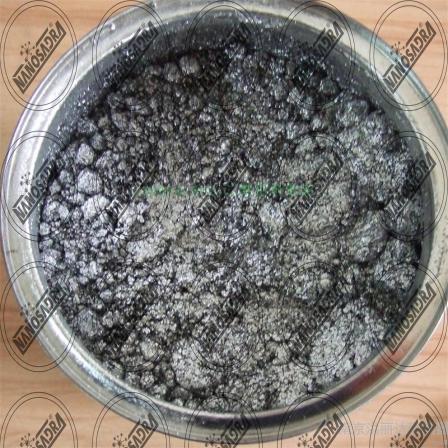
Does silver nanoparticles antimicrobial have any side effects?
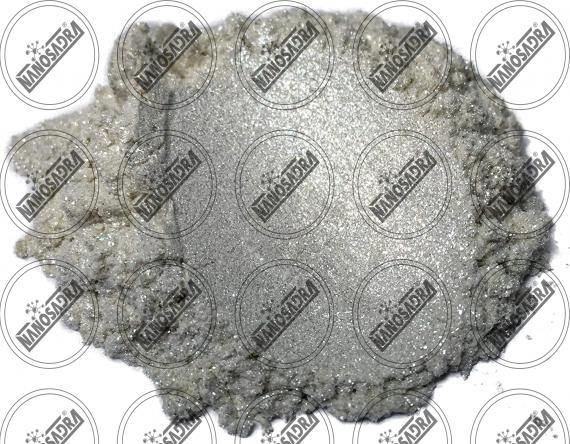 To investigate the antimicrobial effect, a complete factor test was used and the treatments were performed in a completely randomized manner with 6 replications and at a significant level of 0.05. Two-level bacterial quality variables were selected and two other factors were considered: the contact time of nanoparticles, silver with bacteria (1, 12, 24 and 48 hours) and the concentration of nanoparticles.
To investigate the antimicrobial effect, a complete factor test was used and the treatments were performed in a completely randomized manner with 6 replications and at a significant level of 0.05. Two-level bacterial quality variables were selected and two other factors were considered: the contact time of nanoparticles, silver with bacteria (1, 12, 24 and 48 hours) and the concentration of nanoparticles.
Results: The results showed that all three variables studied had a significant effect on inhibiting microbial growth, but the variables of bacterial type and nanoparticle concentration were more effective than contact time. Escherichia coli is less resistant to nanoparticles than staphylococcus aureus at low concentrations.
Concentrations of 5 and 10 ppm of silver nanoparticles antimicrobial for sale are the lowest inhibitory concentrations of silver nanoparticles for both Staphylococcus aureus and Escherichia coli. Also, the lowest concentration for killing the studied bacteria was about 50 ppm.
Conclusion: The results showed that the studied variables, namely the type of bacteria, contact time and concentration of nanoparticles and silver, are the factors affecting the antimicrobial properties of silver nanoparticles. Escherichia coli bacteria are more resistant to Staphylococcus aureus than silver-synthesized silver nanoparticles. Keywords: Nanoparticles, Silver, Staphylococcus aureus, Escherichia coli, antimicrobial effect, chemical reduction
How to use silver nanoparticles antimicrobial?
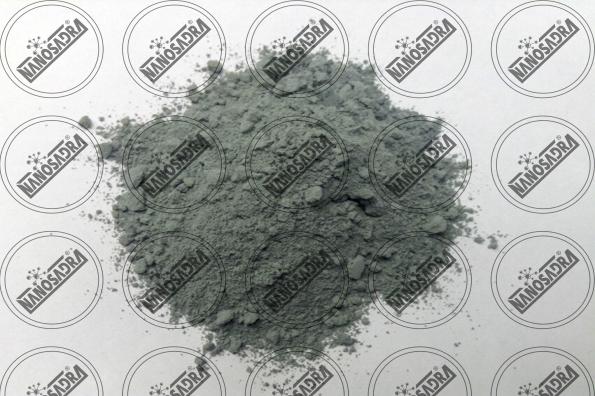 Extracellular biological synthesis of silver nanoparticles using the bacterial system can be a good way to avoid the use of chemicals. Accordingly, the aim of this study was to synthesize the bioavailability of Best silver nanoparticles antimicrobial and compare their antibacterial activity against Bacillus cereus and Serachia Marcense.
Extracellular biological synthesis of silver nanoparticles using the bacterial system can be a good way to avoid the use of chemicals. Accordingly, the aim of this study was to synthesize the bioavailability of Best silver nanoparticles antimicrobial and compare their antibacterial activity against Bacillus cereus and Serachia Marcense.
Biological synthesis of silver nanoparticles was performed using a new alkaline strain of isoproterikola variablis IRSH1 and cellulose wastes. Silver nanoparticles were characterized by dynamic light scattering, scanning electron microscopy, and DLS.
Critical nanoparticles were produced by chemical regeneration. follow us to explain more about silver nanoparticles antimicrobial for sale, Best silver nanoparticles antimicrobial and Expensive silver nanoparticles antimicrobial.
The manufactured nanoparticles were then optimized by experiment design using the response surface method. The antibacterial activity of silver nanoparticles was investigated using the disc diffusion method (Kirby-Bauer) on the M .ller-Hinton-Agar medium.
Due to the increasing applications of silver nanoparticles in various fields, there are different ways to produce Expensive silver nanoparticles antimicrobial, each of which has advantages and disadvantages: Synthesis of the vapor phase of nanoparticles, Photolization or Gamma-ray burst method, Electrochemical method, Synthesis of silver nanoparticles through chemical reduction, Production of nanoparticles using biotechnology this article of silver nanoparticles and their applications are examined and compared the methods of its production.
Wholesale price range of silver nanoparticles antimicrobial 2019
 Wholesale is one of the requirements of a business. That is, there should always be people called wholesalers who buy a product at a wholesale price from a factory or manufacturer and put it in their warehouses and sell it to retailers at a price that benefits them. As you know, if you buy a product in bulk, it will cost you less.
Wholesale is one of the requirements of a business. That is, there should always be people called wholesalers who buy a product at a wholesale price from a factory or manufacturer and put it in their warehouses and sell it to retailers at a price that benefits them. As you know, if you buy a product in bulk, it will cost you less.
Nanoparticles ”are the most common elements in nanoscience and technology, and their interesting properties have led to a wide variety of applications in the chemical, medical and pharmaceutical, electronics, aerospace and agricultural industries. A nanoparticle is a particle with dimensions of about 1 to 100 nanometers. One of the most widely used nanoparticles is silver nanoparticles. This nanoparticle is used in various fields
- Medicine and health (the antimicrobial property of silver is the main reason for its attention in this field)
- Chemical industries (for the production of cleaning materials for homes and fabrics)
- As a catalyst in chemical reactions
- In the construction of solar cells

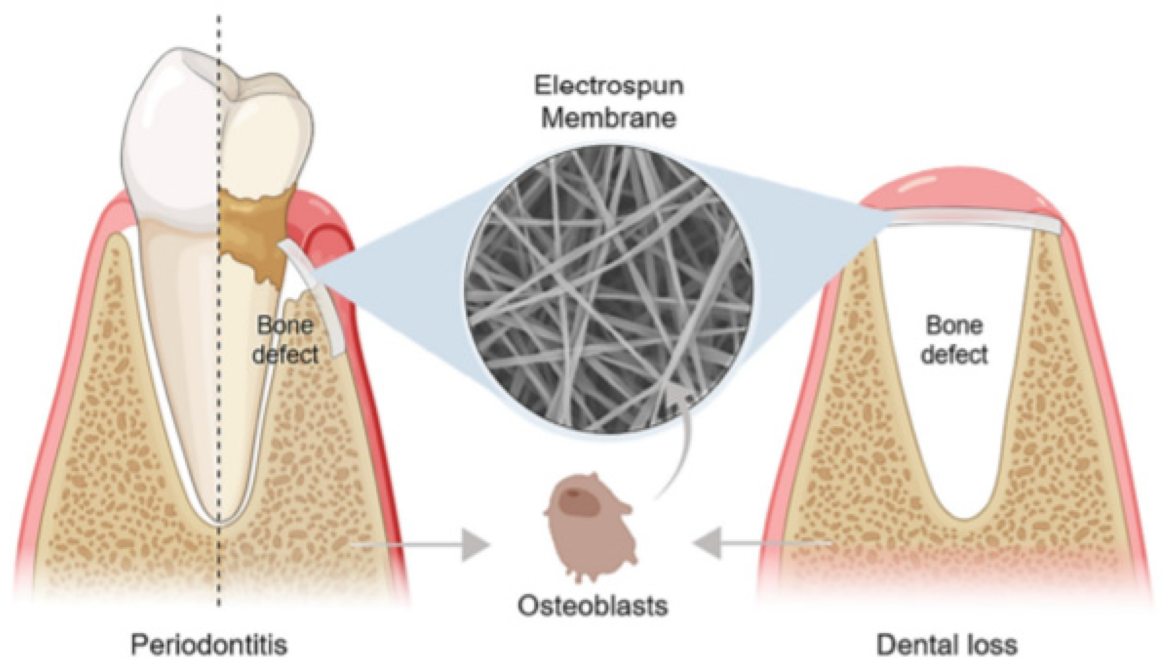
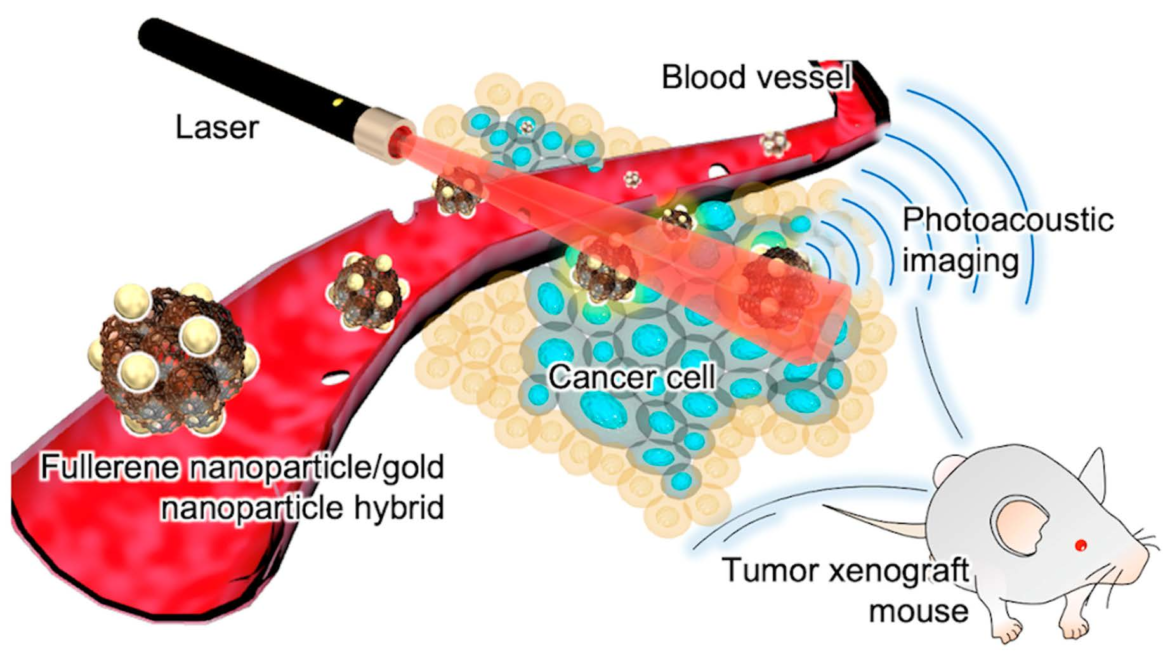
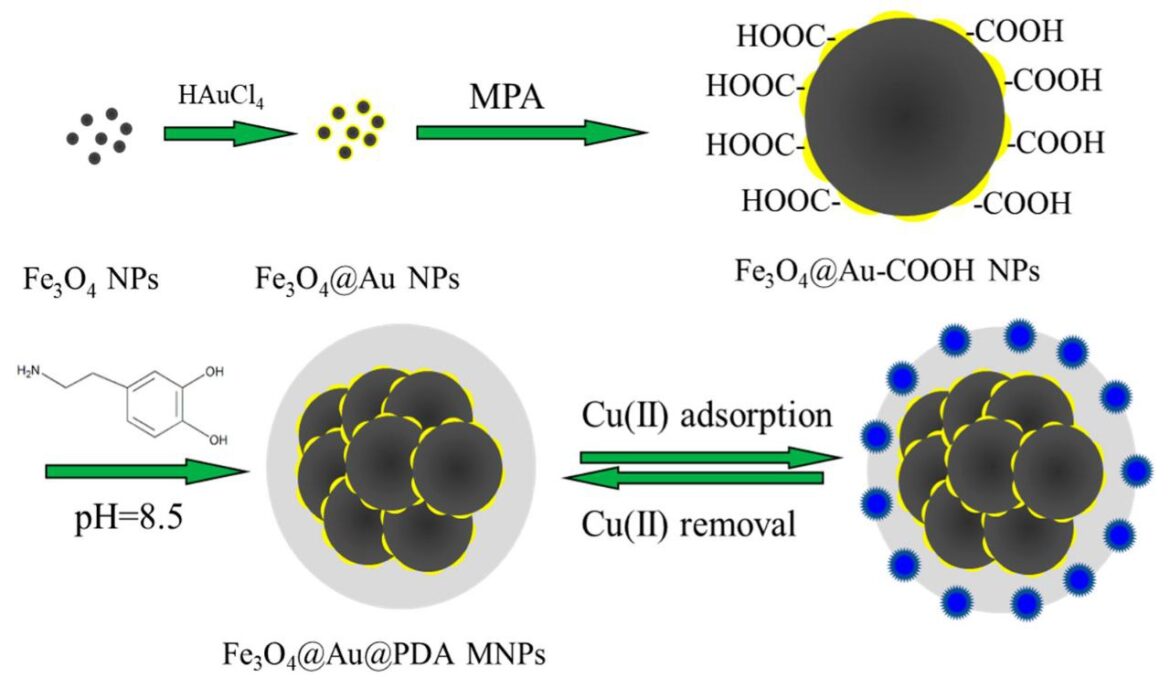
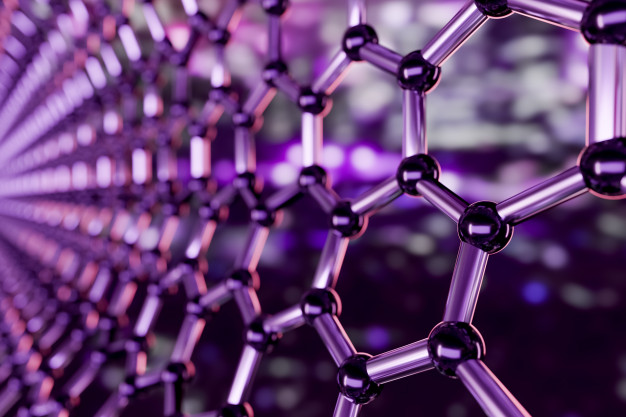
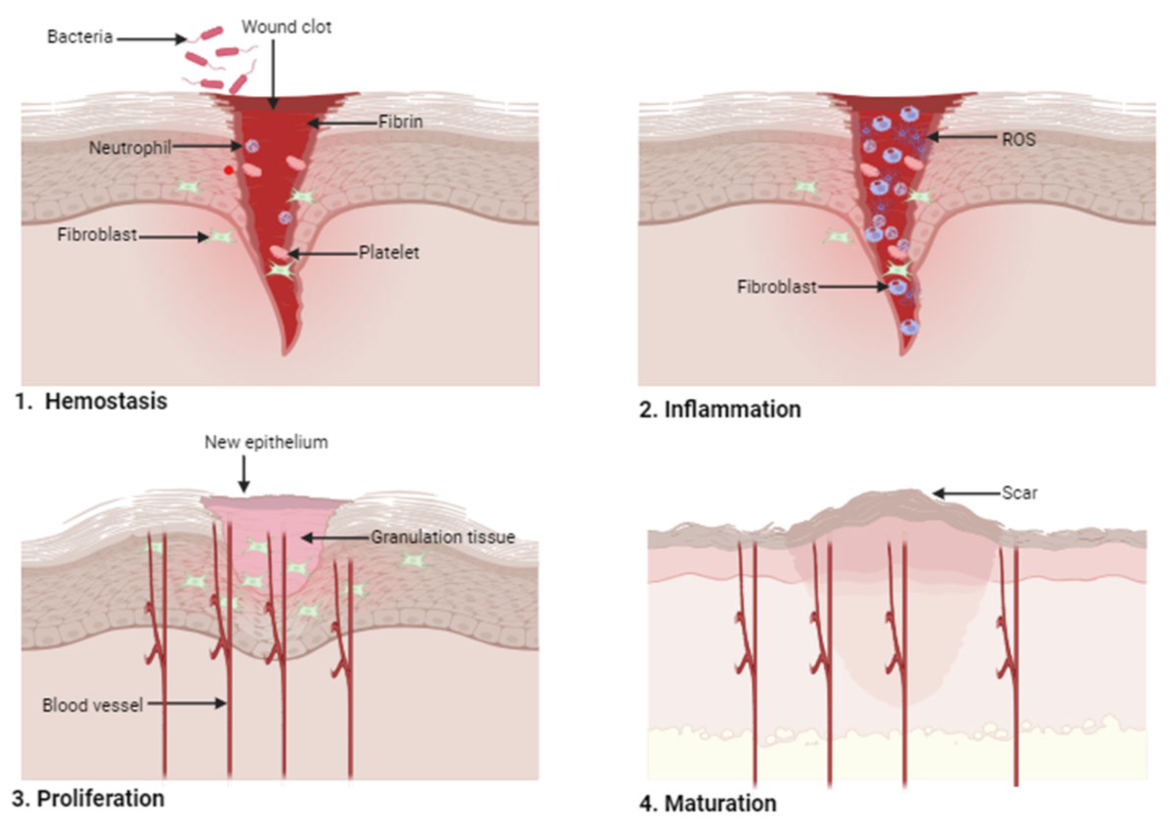
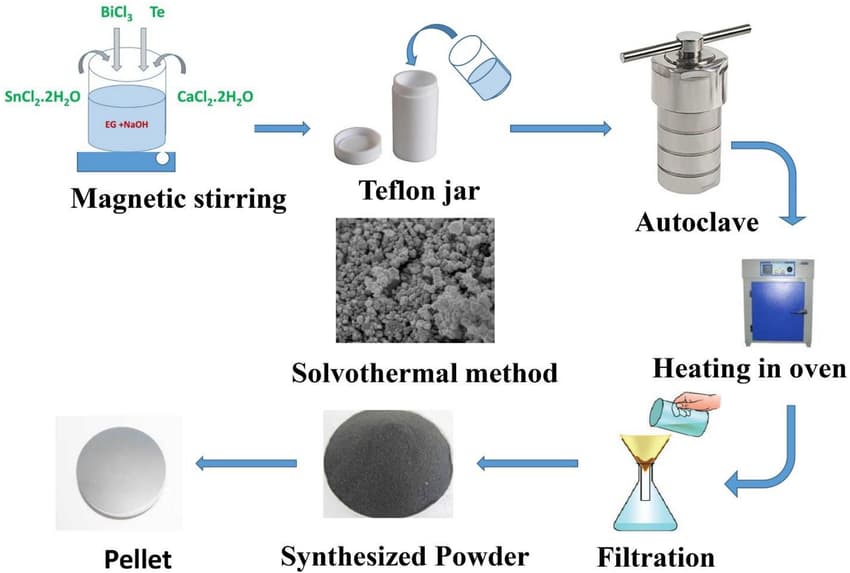
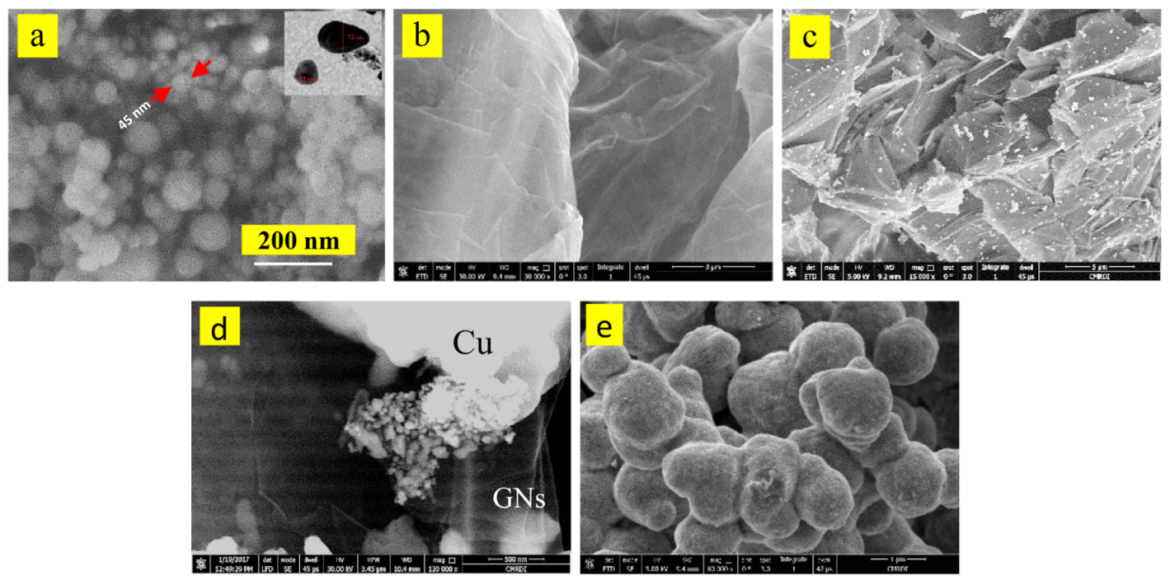
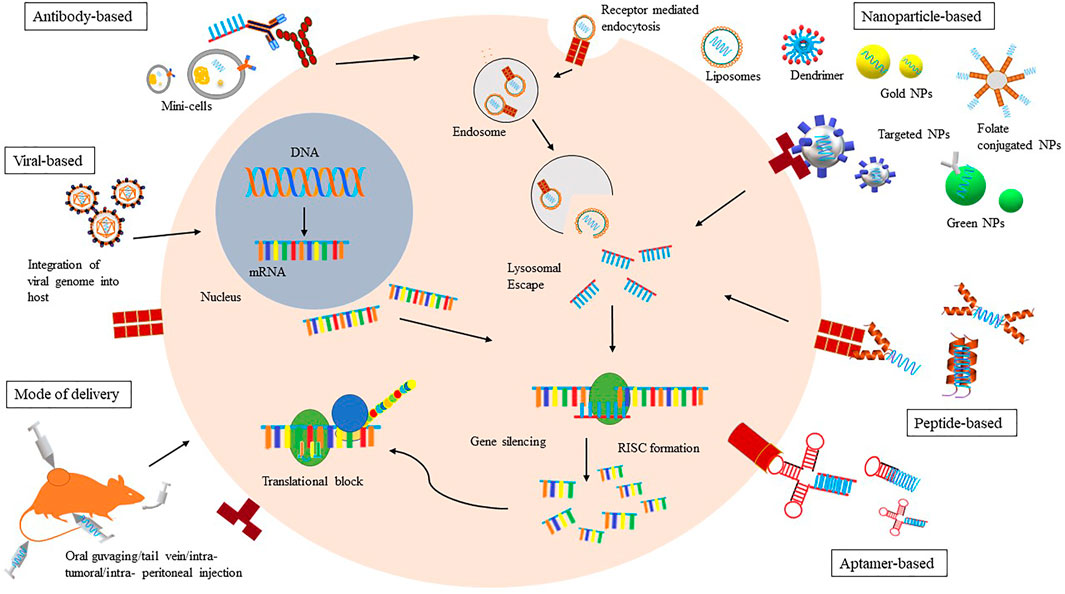
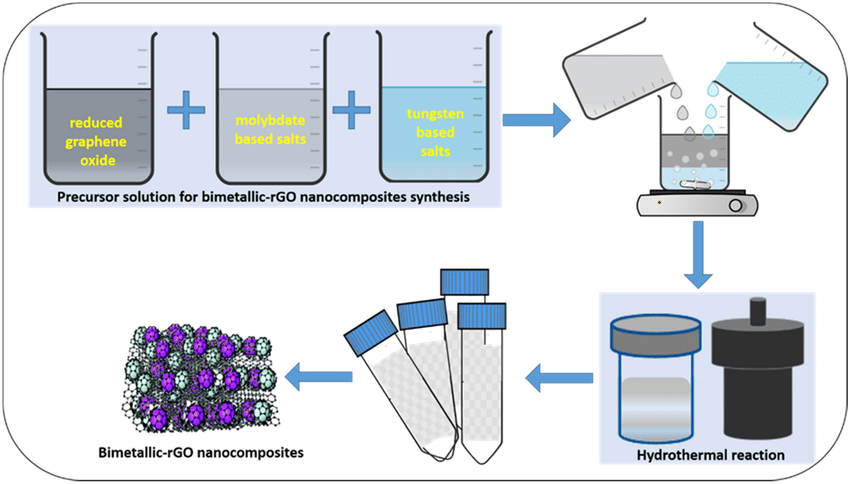
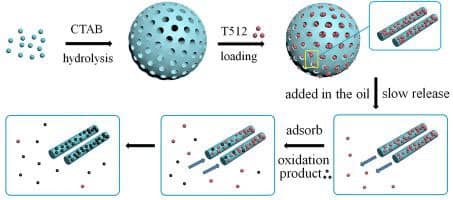
Your comment submitted.